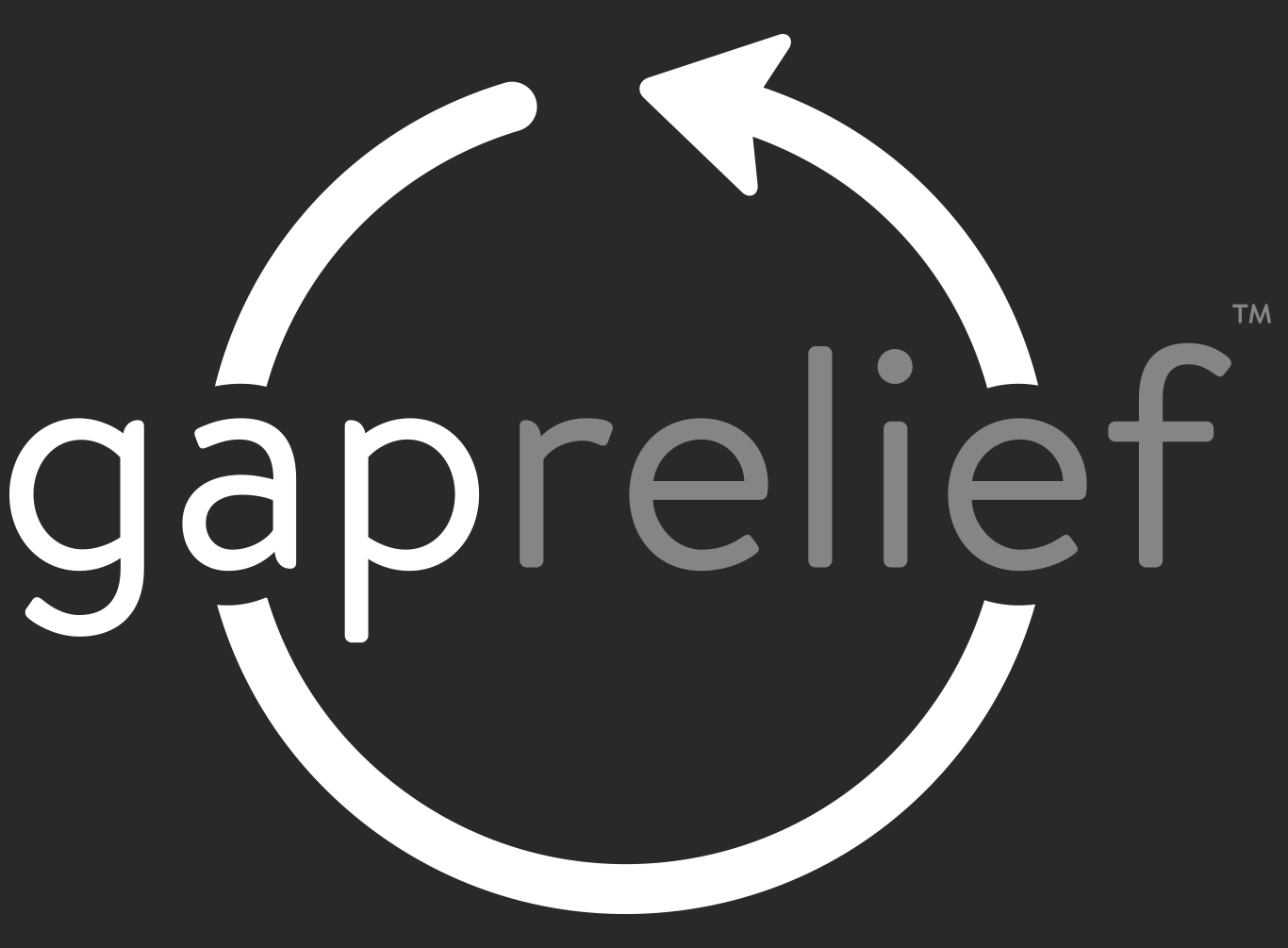When Healing Isn’t Safe
Often times, community helpers (professionals that are often regularly exposed to high levels of stress and trauma due to the nature of their work, including: teachers, law enforcement officers, foster and adoptive parents, nonprofit leaders, healthcare professionals, and more) find themselves in situations where they cannot safely move toward their own trauma impact immediately.
While a crisis or critical incident is active, it’s important for helpers to have access to the front part of their brain (prefrontal cortex) that stays logical so that they can make safe, rational decisions. As such, it may be dangerous for them to move into the fear-response part of their brain (amygdala) while a situation is actively occurring–as that could prevent them from getting themselves or others to safety.
Remaining in the front part of the brain during a crisis can hand others vital confidence, safety, and security, but it does come at a price to the helper. To stay healthy in these places, helpers MUST be intentional about circling back to attend to their own mental and physical health post critical incident. They must look at and respond to what the trauma impact did to them.
Helpers who purposely get into this rhythm of creating space to respond to their own stress impact following difficult incidents have the opportunity to become trauma resilient leaders. These are the helpers who are often able to stay on mission and fulfill their roles to a fuller extent and in more grounded manner for a longer period of time than those who don’t experience trauma care post-incident. (When the time is safe to do so).
As trauma therapists and trauma-informed coaches, we are constantly assessing whether it is safe for the helpers we serve to begin to process the impact of the stress and trauma they have experienced. Sometimes, the answer is no–not yet! We often ask ourselves, “Does their current role or experience require them to stay in a ‘put-together’ position? Do they still need to be functioning from the front part of their brain for safety reasons?” If we assess that it’s not yet safe to lean into deep trauma work, we’ll pause. Instead, we will lean into helping them stay on mission until the critical incident is complete, while handing them practical tools for resilience along the way. Then, we make a plan to attend to it when it IS safe.
While it may seem like we are delaying the process by pausing the engagement of trauma work at times, in reality–this move is mitigating trauma impact as well! One of the most painful experiences as a helper is when they find themselves in a situation where they are unable to respond as who they are in the midst of a crisis. At times, giving them permission to do just that while also handing them the reassurance that there is a plan to get them to safety when the crisis is over–reduces trauma impact on both sides of a critical incident.
Community helpers often already excel at “staying in the fight” while a situation is live. The part that helpers often miss is circling back for themselves. Because their eyes are so often on others, they can struggle to hold space for their own process so that the impact they carry can be attended to by trauma-informed professionals.
We can be a part of that plan. Gap Relief has your back.

